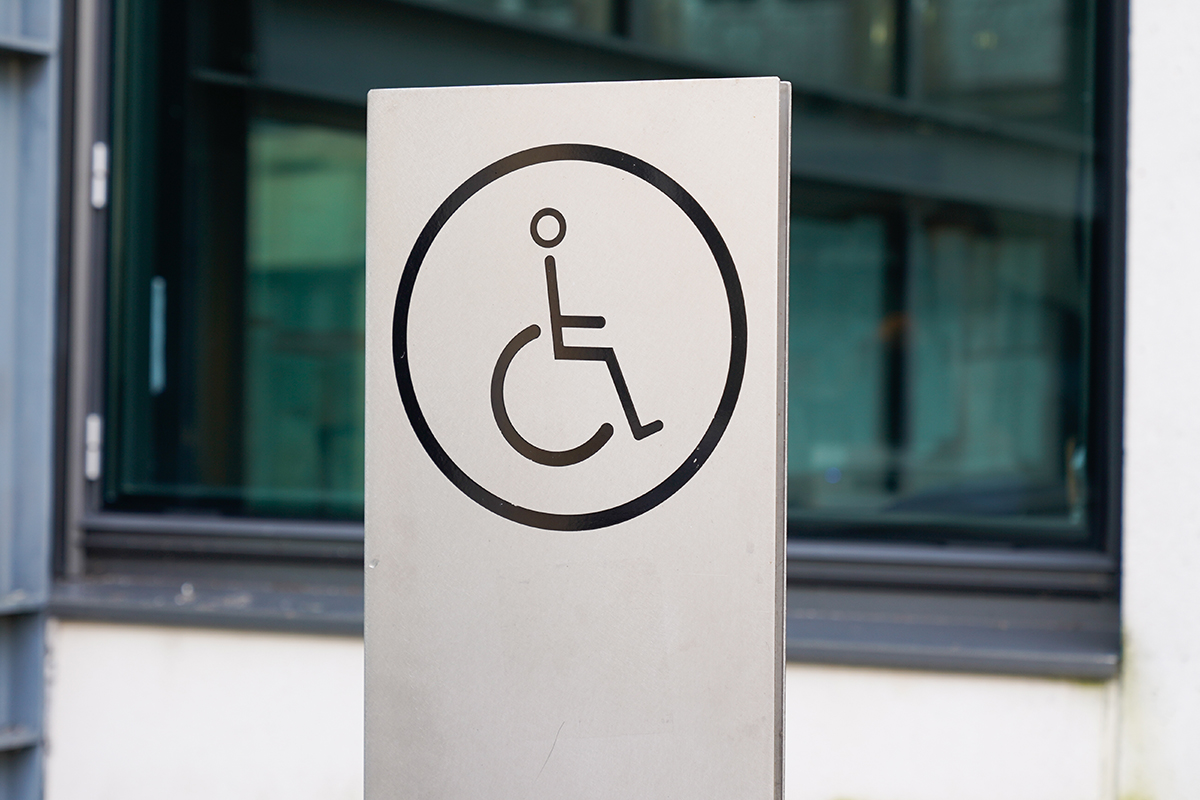
Top Accessibility Features In Your Commercial Building Design
According to the CDC, one in four Americans, or 61 million people in total, has a disability. Since 1990, the Americans with Disabilities Act (ADA) provides barrier-free access to public spaces, including commercial buildings, for people with disabilities.
User-friendly spaces ensure accessibility for everyone, including those with vision, hearing, mobility, cognitive, or independent living and self-care challenges. In addition to supporting inclusion and equality, ADA compliance is good for business.
When you design an ADA-compliant commercial building, you comply with the law and demonstrate that you welcome and prioritize safety for all your customers. Here are a few of the top ADA features you’ll need to include in your commercial building design.
ADA Exterior Design Guidelines
Barrier-free access starts outside your building.
Parking — Designate and clearly mark accessible parking spaces and transit/ride-share drop-off points. Keep these areas open and accessible at all times.
Lighting — Install adequate lighting in the parking area. Illuminate the paths and walkways around and into the building, also.
Entrance — Construct an accessible ramp to at least one entrance. One or more entrance doors must be handicapped accessible, too, with automatic or power-assist technology, a wide doorway and a smooth threshold.
ADA Interior Design Guidelines
Provide barrier-free access throughout the inside of your commercial space.
Corridors — Design corridors and hallways that are wide enough for wheelchairs. Keep corridors unobstructed at all times.
Doors — Choose automatic or power-assist doors that are easy to open. Include smooth thresholds, too.
Elevator — Install an elevator, ramp or platform lift if your building has more than one floor.
Reception and waiting room - Mix up the types and sizes of chairs in the reception areas and waiting rooms. Include plenty of space for wheelchair navigation, also.
Flooring — Ensure all floors are smooth and even. Remove deep pile carpet and other obstructions that can hinder mobility.
Bathrooms — Include at least one accessible toilet in the building. It should have an alarm system. Also, reserve this toilet solely for customers with disabilities and not storage.
Lighting — Distribute lights evenly to eliminate areas that are too bright or too dark. Avoid shiny or glossy surfaces, when possible, to reduce harsh glare.
Contrasting surfaces — When painting walls and installing floors, include contrasting colors and intensity. This feature allows customers to distinguish easily between walls, floors and doors.
Signs — Give directions via clear signs that are visible and easy to read. All signs should include Braille or raised lettering and incorporate large letters and appropriate symbols.
Design an Accessible Commercial Building
As you design your next commercial building, include these ADA features. Be sure to audit your existing building, too, and verify that it meets the requirements.
For assistance, contact Dutton & Garfield, Inc. We design accessible buildings that are fully functional and aesthetically pleasing. With our professional experience, we help you remove barriers so that all your customers will feel safe, welcome and included.
